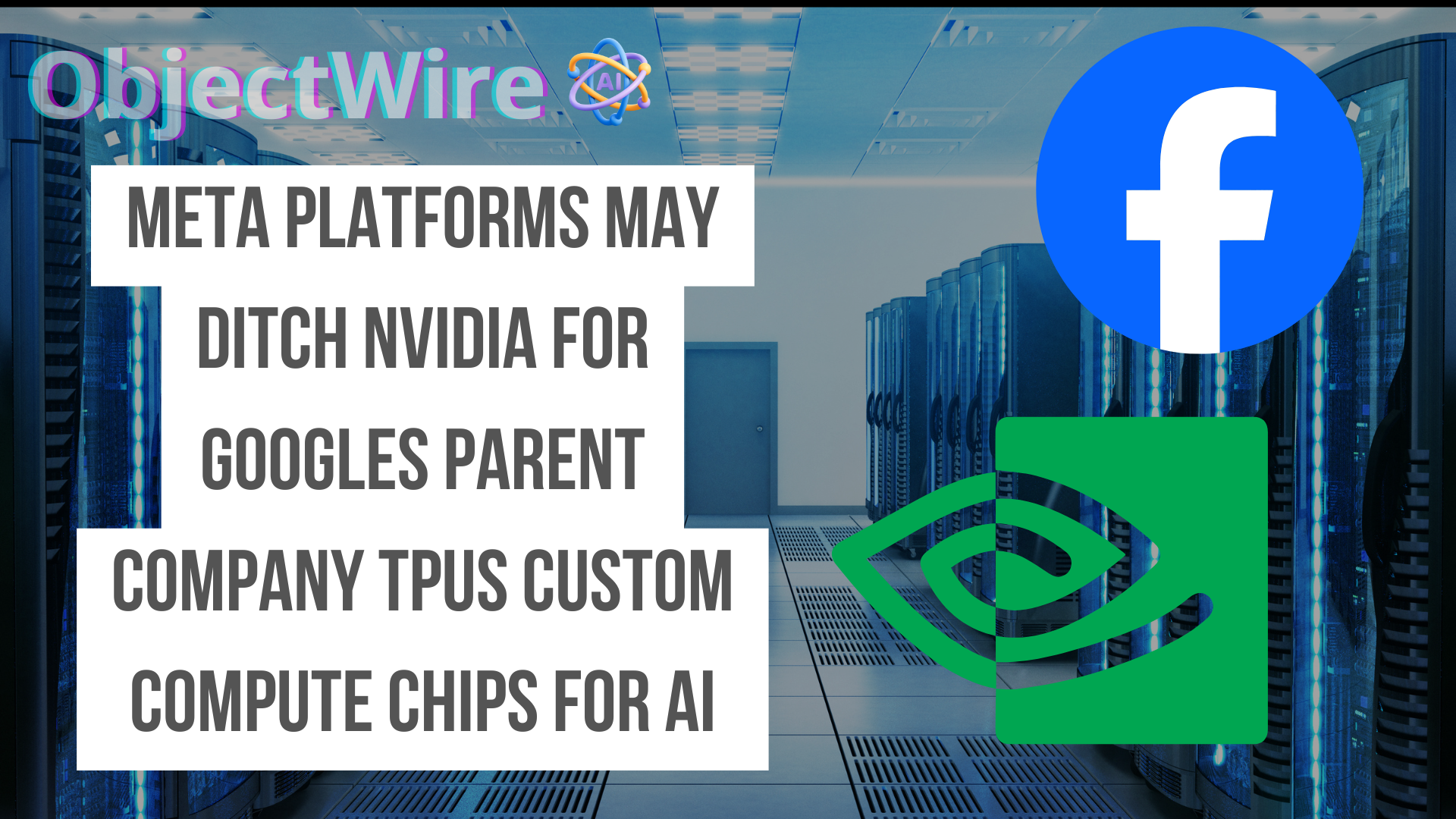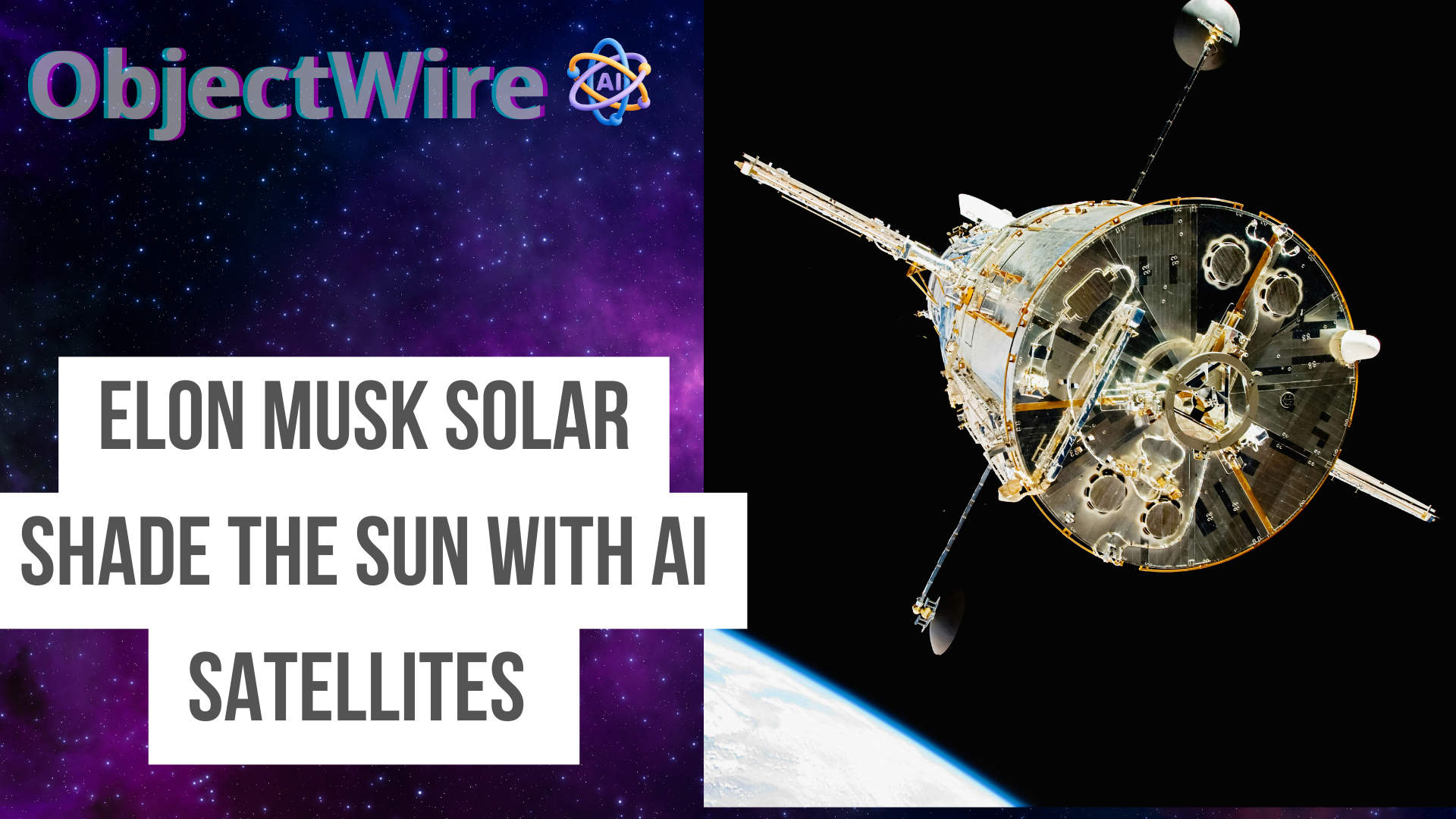Texas Instruments’ Low-Energy Mesh for Edge Computing: A Game-Changer
Texas Instruments: The Semiconductor Sage of Austin
Texas Instruments These System-on-Chips (SoCs) blend Bluetooth Low Energy (BLE 5.4), Zigbee, Thread, and sub-GHz protocols to create robust, power-sipping networks.
With TI shipping 4 billion chips annually, per company reports, these MCUs are poised to dominate a $100 billion smart systems market.
What is Edge Computing?
Edge computing is a distributed computing model that processes data closer to where it’s generated think devices like sensors, cameras, or robots rather than relying on centralized cloud servers. Unlike traditional cloud computing, which sends data to distant data centers for processing, edge computing handles tasks locally on devices or nearby edge servers, slashing latency, reducing bandwidth needs, and enhancing real-time decision-making.
For instance, a factory sensor analyzing machine health in milliseconds or a self-driving car processing road data instantly exemplifies edge computing in action.
Edge Computing Wizardry with CC23xx and CC26xx by texas Instruments
Both feature ARM Cortex-M4F cores with machine learning (ML) accelerators, slashing latency by 60% compared to cloud-centric systems, per
TI technical specs. Dynamic power management adjusts energy use in real-time, making these chips the penny-pinchers of the semiconductor world, ideal for systems where every microamp counts. In 2025, they handle 1Gbps data streams, enabling real-time analytics that keep operations humming like a well-oiled machine.
TI Long-Range Mesh is a Game Changer.
Nodes play tag, rerouting data if one fails, making networks as resilient as a cockroach in a nuclear winter. Adaptive Frequency Hopping (AFH) dodges interference, boosting packet delivery 30% over Zigbee.
These capabilities make TI’s chips the backbone for sprawling systems, from urban grids to remote factories, where connectivity must endure like a Texan summer.
The CC23xx and CC26xx are misers of energy, with sleep currents <1µA and active modes at 3mA, stretching battery life to 5-10 years. Dynamic power management cuts consumption 50% in idle states, while 2025’s v2.0 firmware adds Matter 1.2 for seamless device integration.
- Local Processing: Devices like Texas Instruments’ CC23xx MCUs run analytics on-site, cutting response times by up to 60% compared to cloud systems, per industry benchmarks.
- Low Latency: By minimizing data travel, edge computing achieves <10ms delays, critical for applications like autonomous vehicles or surgical robots.
- Energy Efficiency: Local processing reduces power-hungry data transfers, saving 50% energy in mesh networks, per TI specs.
- Scalability: Mesh networks, like those powered by TI’s CC26xx, connect thousands of nodes, enabling robust systems without cloud dependency.
Why It Matters Edge computing shines in scenarios demanding speed, reliability, or limited connectivity. In manufacturing, it predicts equipment failures, saving 20% on downtime costs. In healthcare, wearables monitor vitals with 99% uptime. Smart cities use it to optimize traffic, cutting energy use 25%, per Gartner 2025 data.
Applications: Where TI’s Chips Work Their Magic
TI’s MCUs shine across industries:
- Manufacturing: CC26xx sensors predict equipment failures, saving 20% on downtime costs, per TI case studies.
- Healthcare: BLE wearables monitor vitals with 99% uptime, syncing to hospital systems in milliseconds.
- Smart Cities: CC23xx networks manage 10,000-node streetlight grids, cutting energy use 25%.
- Retail: Mesh-enabled systems track inventory, reducing stockouts 15%.
The free SimpleLink SDK, with tools like sensor-to-cloud examples, accelerates development 60%, per developer feedback. In 2025, 30% of smart systems rely on TI chips, per Gartner, proving their knack for turning chaos into order.
Future Innovations: Texas Instrument’s Crystal Ball for Connectivity
Post-quantum cryptography will fend off cyber threats, while Matter 1.3 ensures interoperability with 500 million devices. Sustainability drives 30% lower energy use than competitors, aligning with global green mandates.
With 99.9% uptime, 50% power savings, and AI-driven analytics, they power manufacturing, healthcare, and smart cities with the precision of a Swiss watch. The SimpleLink SDK cuts development time 60%, while 6G and quantum security loom large for 2030’s $100 billion market. TI’s chips are the unsung heroes, making complex systems as reliable as a sunrise.
Contact Us
What is the Physical AI Fellowship?
A 6-8 week virtual accelerator for robotics startups, launched September 23, 2025, by MassRobotics, AWS, and NVIDIA inaugural announcement.
Who are the key partners?
AWS ($200K credits, GenAIIC support), NVIDIA (Isaac/Cosmos access), MassRobotics (ecosystem/network) program details.
Which startups are in the inaugural cohort?
8 firms: Bedrock Robotics, Blue Water Autonomy, Diligent Robotics, Generalist AI, RobCo, Tutor Intelligence, Wandercraft, Zordi cohort list.
What benefits do fellows receive?
Technical guidance, compute resources, GTM support, and showcases at re:Invent 2025 $200K AWS credits.
Supports $210B robotics growth by 2025, accelerating physical AI in healthcare/manufacturing 26% CAGR.
World's 1st 0.5%RH industrial humidity sensor with world's smallest MCU from Texas Instruments running Zephyr RTOS, made in 🇮🇳
— Murali Srinivasa (@MuraliSrinivasa) September 2, 2025
PCB manufactured at Lioncircuits and launched at OSS conference in Netherlands last week ✅️
A version of this board will be available to order on… pic.twitter.com/11idxoZuo0





🔥 LATEST: Avalanche and Toyota Blockchain Lab are developing onchain infrastructure to support autonomous robotaxi fleets and mobility services. pic.twitter.com/BbEWe5h0yn
— Cointelegraph (@Cointelegraph) September 2, 2025

